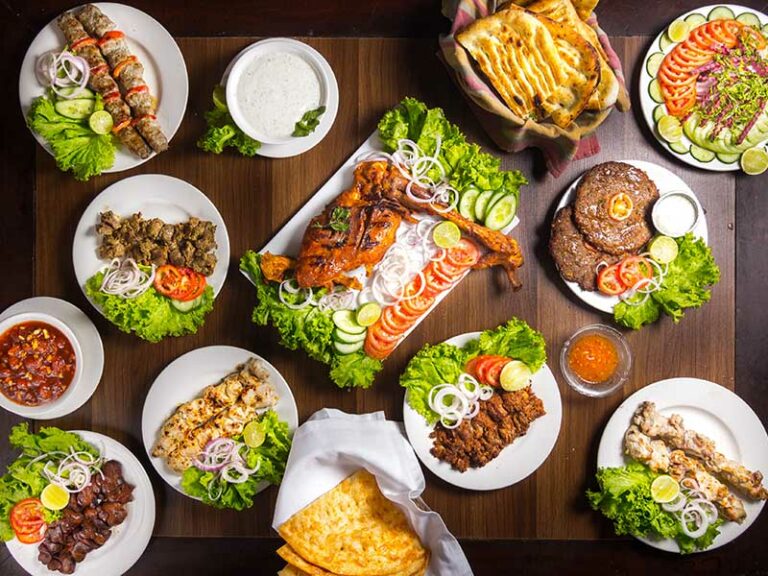Introduction: The Flavor of Pakistani Cuisine
Pakistani cuisine is a rich and diverse amalgamation of cultures, flavors, and spices. Depending on the region and historical influence, the cuisine varies in taste, texture, and aroma. However, one common aspect of Pakistani cuisine is the generous use of spices that not only add flavor but also contribute to numerous health benefits. From aromatic cumin to fiery red chili, Pakistani dishes offer an explosion of flavors that are unmatched in other cuisines.
Spices in Pakistani Cuisine: A Historical Perspective
The use of spices in Pakistani cuisine dates back to ancient times when traders from different regions brought their unique blend of spices. The Mughal empire, with its lavish culinary traditions, also had a significant impact on Pakistani cuisine. The imperial kitchens of the Mughals were famous for using exotic spices such as saffron, cardamom, and cinnamon. Over time, the indigenous population of Pakistan also developed their own spice blends, such as garam masala, which has become an essential ingredient in many Pakistani dishes.
Core Spices Used in Pakistani Cooking
The use of spices is an integral part of Pakistani cuisine, and there are some core ingredients without which Pakistani dishes would be incomplete. Cumin, coriander, turmeric, and chili powder are some of the most commonly used spices in Pakistani cooking. Other essential spices are ginger, garlic, cinnamon, cardamom, cloves, and black pepper. Some dishes may also contain saffron, nutmeg, and fenugreek leaves, depending on the regional variations.
Regional Variations in Pakistani Cuisine
Pakistani cuisine is diverse, and the flavors and spice blends vary greatly from region to region. In Punjab, the food is generally less spicy and milder in taste, while in Sindh, the cuisine is known for its spicy and tangy flavors. In Balochistan, the food is rich in meat and spices, while in Khyber Pakhtunkhwa, the traditional dishes are known for their robust flavors and generous use of spices.
The Spiciness Factor: How Hot is Pakistani Cuisine?
Pakistani cuisine is often considered spicy, but the level of spiciness varies depending on the dish and the region. Some dishes, such as biryani and kebabs, are mildly spiced, while others, such as karahi and nihari, can be quite hot and spicy. However, it is important to note that the spiciness of Pakistani cuisine should not be confused with the heat of chili peppers. The spices used in Pakistani cuisine add flavor and depth to the dishes, rather than just heat.
A Balanced Approach: Tips for Enjoying Spicy Pakistani Food
If you are new to Pakistani cuisine or are not accustomed to spicy food, it is advisable to start with mild dishes and gradually increase the spiciness level. To balance the spiciness, pair your dish with cooling side dishes such as raita or yogurt. Lemon juice can also be used to dull the heat. Finally, it is important to remember that while the use of spices in Pakistani cuisine is essential, it is not the only defining factor. Pakistani cuisine also offers a diverse range of vegetarian and non-spicy dishes that are equally delicious.

